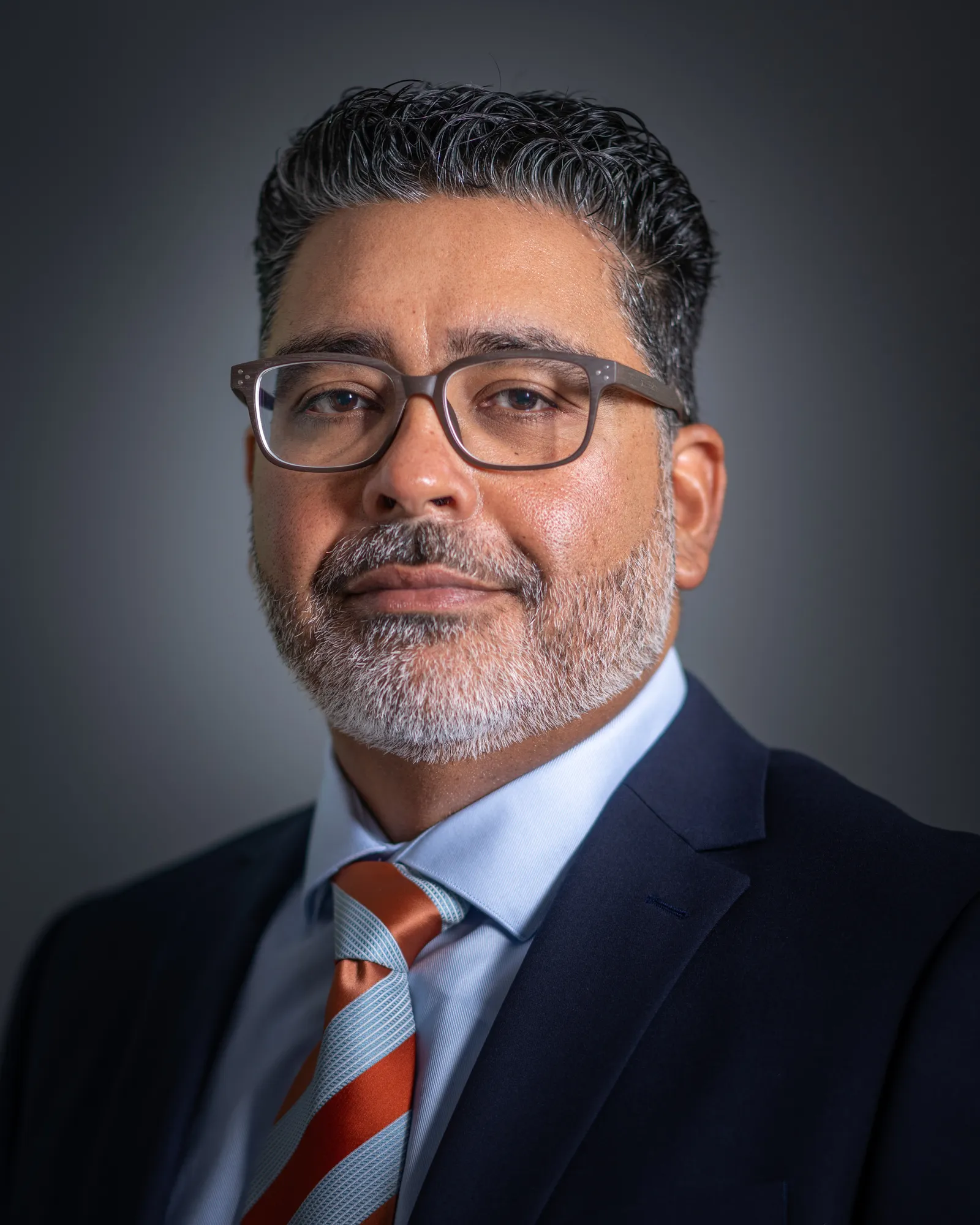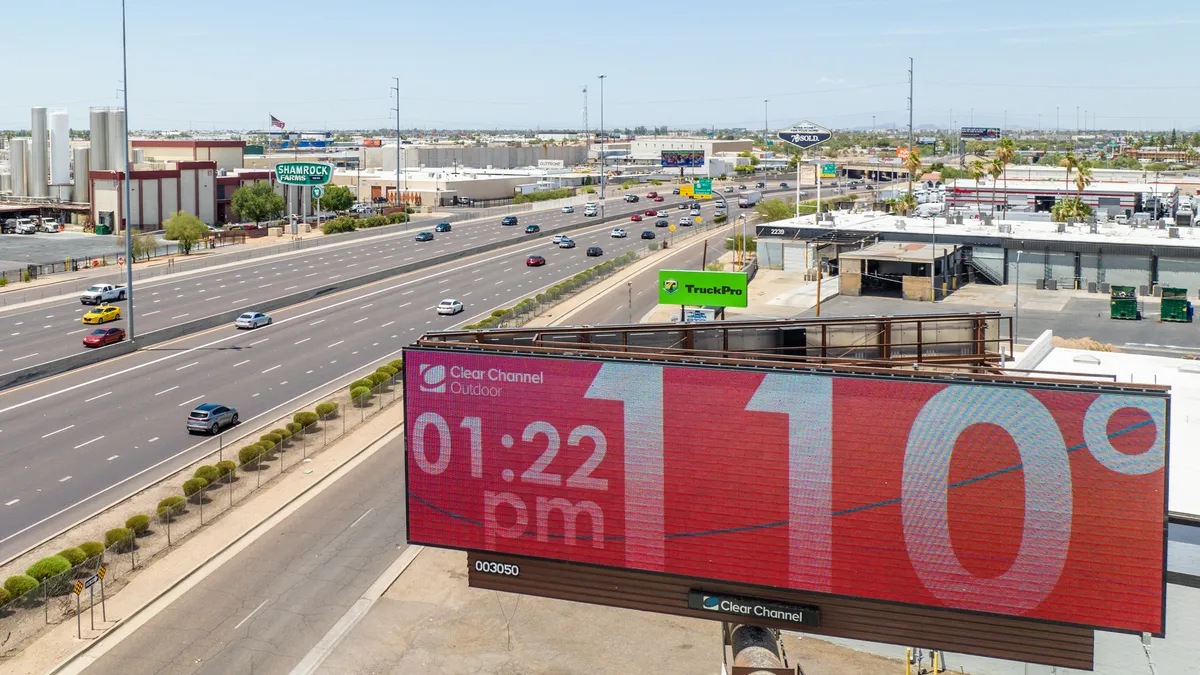Last year brought a record number of heat-related emergency department visits to Arizona, preliminary data shows. As the dangerous reality of hotter summers fueled by climate change sets in, the state has “turned over a new leaf,” said Eugene Livar, who last week became Arizona’s chief heat officer. It’s a first-of-its-kind position in the U.S., which only has a handful of city- and county-level chief heat officers.
Gov. Katie Hobbs’ extreme heat planning and preparedness executive order kick-started the shift in August 2023 amid headlines of surging heat-related deaths in Phoenix, Livar said. The order mandated a slew of actions, including a Heat Planning Summit that happened in October, to respond to what it calls the “extreme heat crisis.”

Earlier this month, alongside Livar’s appointment, Arizona released its first Extreme Heat Preparedness Plan which was accompanied by an Arizona Department of Health Services report outlining recommendations for moving forward on the plan.
“You really saw a solidification of ‘what do we need to do to hard-document some of these actions?’” Livar said.
Now, as summer inches closer, Arizona has a clear path to follow. Smart Cities Dive hopped on the phone with Livar to discuss what exactly a state chief heat officer does, how Arizona will navigate the diverse needs of different communities and why he doesn’t want to “reinvent the wheel.”
This interview has been edited for clarity and brevity.
SMART CITIES DIVE: What’s the difference between a state-level chief heat officer and a city or county chief heat officer?
EUGENE LIVAR: There are going to be a lot of opportunities for similar positions to work together and collaborate moving forward, whether that be at a federal, state, county, tribal or municipal level.
I’ll oversee the implementation of Governor Hobbs’ Extreme Heat Preparedness Plan and work to coordinate partnerships between different levels such as state, local municipalities, communities, private sector, community-based organizations, our local health jurisdictions, our tribal communities.
There will probably be some similarities with that municipal-level individual who has a similar role, but what we’re looking for at a state level is to make sure that we have a view of the whole state. We know that there’s not a cookie-cutter approach that’s going to work for all [communities] at once. We need to have an individual view of each area’s needs and resource requests that may come through.
How might your work with a city like Phoenix, which has its own chief heat officer, differ from your work with a community that doesn’t have a direct point of contact for heat risk management?
Resources are different. Infrastructure is different. Leadership is different. Before you speak or give resources or other information, you really need to hear what people are asking, and I think that’s something that hopefully we can do and improve moving forward.
You might find yourself surprised by something that a community says it needs to better manage extreme heat risk.
I would agree, and it may not be the same from year to year.
We’re really looking at several tiers and phases to heat season. We have a period of preparation prior to heat season. Then we’re looking at what we’re going to be doing during the heat season from May to the September, October time frame. Post-heat season, we can evaluate the effort that happened. Hopefully, that’ll trigger us to get into a cycle.
Are there certain parts of your job as chief heat officer that Arizona state departments previously handled?
We’ve actually been doing work within the Arizona Department of Health Services for over 10 years around that subject and bringing partners to the table. What we see now is there’s a lot of effort around heat and climate. There’s a lot of large volunteer networks. What can we do to make those connections better, to increase awareness, and so that they feel supported? A lot of times, municipalities may feel like they’re on their own in dealing with this. What are some best practices or resources or connection points that can be done?
Arizona State University and Maricopa County have done a really good effort to bring those local cooling centers to the table and to have some of those conversations. We don’t want to reinvent the wheel or take away that strategic setting and work group that they have. But maybe there are best practices that we can leverage to be as well-prepared, coordinated and have that awareness across the state.












